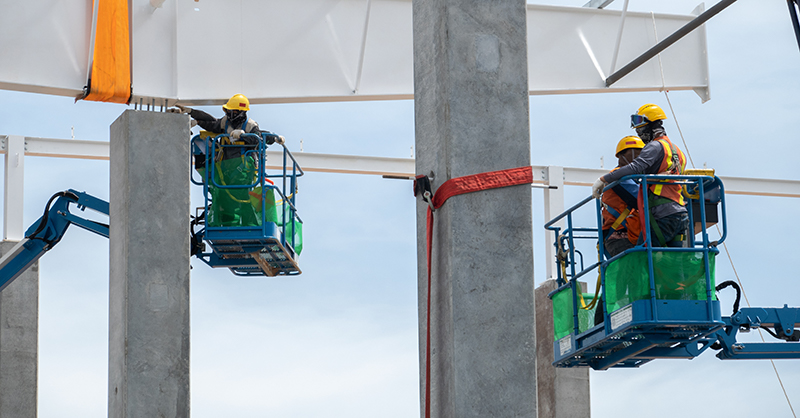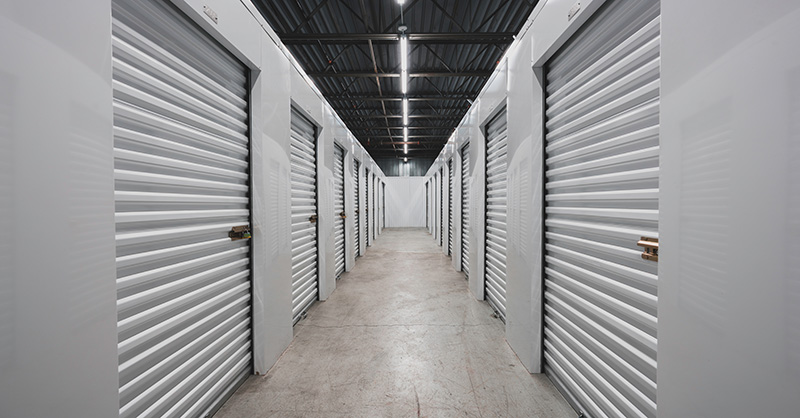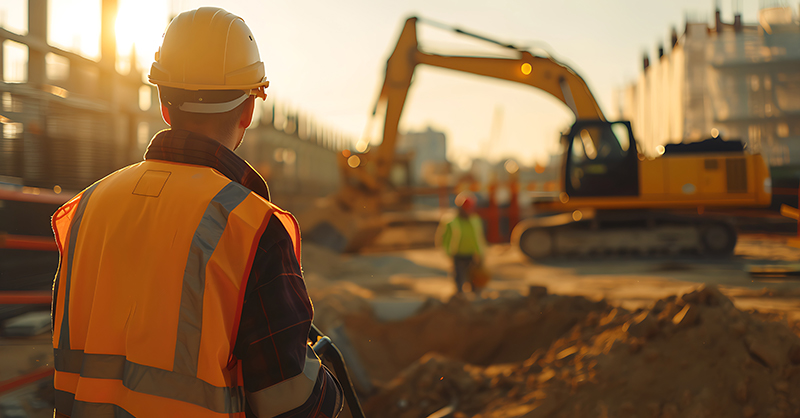Ladders Last: Choosing Safer Alternatives for Working at Heights

Falls are the leading cause of fatalities on construction sites, and every year, a third of those are from ladders.
In general, work tends to be safer when sufficiently planned. Effective planning often includes prefabricating items at lower levels to minimize work at heights. Part of the pre-task planning should always include how you will access the work.
While ladders have been standard tools on construction sites in the past, they should be used as a last resort due to the risks associated with their use. In recent years, the availability of safer alternatives and techniques has reduced the need for ladders on job sites. This approach is often formalized in a "Ladders Last" policy, which prioritizes using safer alternatives over ladders for working at heights. The policy typically includes an assessment to determine if the task can be performed using safer alternatives, a permit system for ladder use, and regular training and inspections. Recognizing the risks of using ladders and exploring safer options is essential for successfully implementing a policy like this.
Why Are Ladders Hazardous?
Below are some considerations for why ladders should be the final option:
- Falls: Falling from ladders is a primary source of injuries and fatalities among construction workers. The resulting injuries are often serious enough to require time away from work, which can lead to additional costs of the injury.
- Overreaching: Failing to maintain three points of contact while trying to ascend and descend a ladder can lead to loss of balance and falls.
- Improper Setup and Use: Improper ladder setup/usage, especially with portable ladders, can lead to equipment failure and kickouts. The Federal Occupational & Health Administration (OSHA) maintains standards for safe ladder use. The time and expense associated with following these standards can often make alternative means easier and more productive.
What Are Safer Alternatives to Ladders?
Some risks can be engineered out of the construction process altogether by eliminating ladder use. Prioritizing safer alternatives, like aerial lifts and mobile platforms, to minimize the risks associated with ladder use is a great way to manage work safely.
- Aerial lifts offer a more secure platform with guardrails, and in many cases, are better suited for overhead work. These can also provide for quick movement with less time required for safe setup.
- Mobile platforms offer stable and safe work surfaces that can quickly be moved to the location of the work.
How to Safely Use Ladders When Alternatives Are Not an Option
In many cases, the decision to allow ladder usage rests with the controlling contractor on the project. Many contractors require a permit for the use of any ladders on their projects.
If ladders must be used as a last resort, consider a podium ladder as the next best option. If a conventional ladder is the only viable alternative, make sure you are following safety practices, which can include the following:
- Conducting Pre-Shift Inspections Before Every Shift: Check for defects before each use and ensure ladders are in good condition and properly maintained.
- Confirming Proper Setup: Set the ladder at the correct angle (one-quarter of the ladder's working length away from the wall) and ensure the top of the ladder extends three feet above the landing surface.
- Ensuring Safe Setup and Use: Maintain three points of contact while climbing. Avoid leaning or overreaching. Keep the area around the ladder clear of obstacles.
For more detailed information, visit our recent article on portable ladder safety.
Help Promote Safety on Your Construction Site — Download our Ladders Last Safety Talk Today
Looking for a ready-to-use resource for your next safety meeting? Download our Ladders Last Safety Talk — a quick, practical guide to help your team understand the risks of ladder use and explore safer alternatives.









